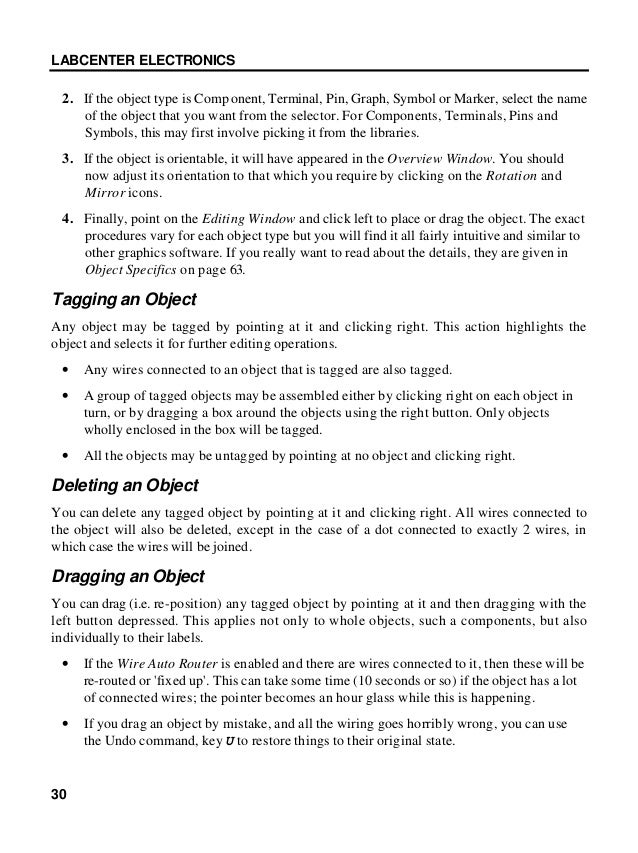

In eukaryotes, genome size, and by extension the amount of non-coding DNA, is not correlated to organism complexity, an observation known as the C-value enigma.

For example, it was originally suggested that over 98% of the human genome does not encode protein sequences, including most sequences within introns and most intergenic DNA, while 20% of a typical prokaryote genome is non-coding.

The amount of total genomic DNA varies widely between organisms, and the proportion of coding and non-coding DNA within these genomes varies greatly as well. Utricularia gibba has only 3% non-coding DNA. However, others have argued against relying solely on estimates from comparative genomics due to its limited scope since non-coding DNA has been found to be involved in epigenetic activity and complex networks of genetic interactions and is explored in evolutionary developmental biology. Estimates for the biologically functional fraction of the human genome based on comparative genomics range between 8 and 15%. Though this was not necessarily unexpected due to previous decades of research discovering many functional non-coding regions, some scientists criticized the conclusion for conflating biochemical activity with biological function. The Encyclopedia of DNA Elements ( ENCODE) project uncovered, by direct biochemical approaches, that at least 80% of human genomic DNA has biochemical activity such as "transcription, transcription factor association, chromatin structure, and histone modification". Since that time, this non-functional portion has controversially been called "junk DNA". When there is much non-coding DNA, a large proportion appears to have no biological function, as predicted in the 1960s. Often, only a small percentage of the genome is responsible for coding proteins, but an increasing percentage is being shown to have regulatory functions. The amount of non-coding DNA varies greatly among species. Other functions of non-coding DNA include the transcriptional and translational regulation of protein-coding sequences, scaffold attachment regions, origins of DNA replication, centromeres and telomeres. transfer RNA, ribosomal RNA, and regulatory RNAs). Some non-coding DNA is transcribed into functional non-coding RNA molecules (e.g. Non-coding DNA sequences are components of an organism's DNA that do not encode protein sequences. It has been suggested that this article be split into a new article titled Junk DNA.


 0 kommentar(er)
0 kommentar(er)
